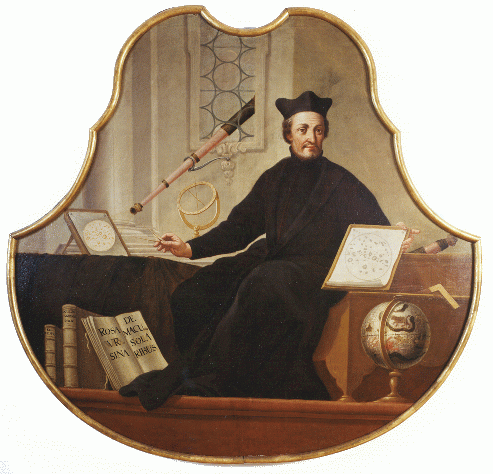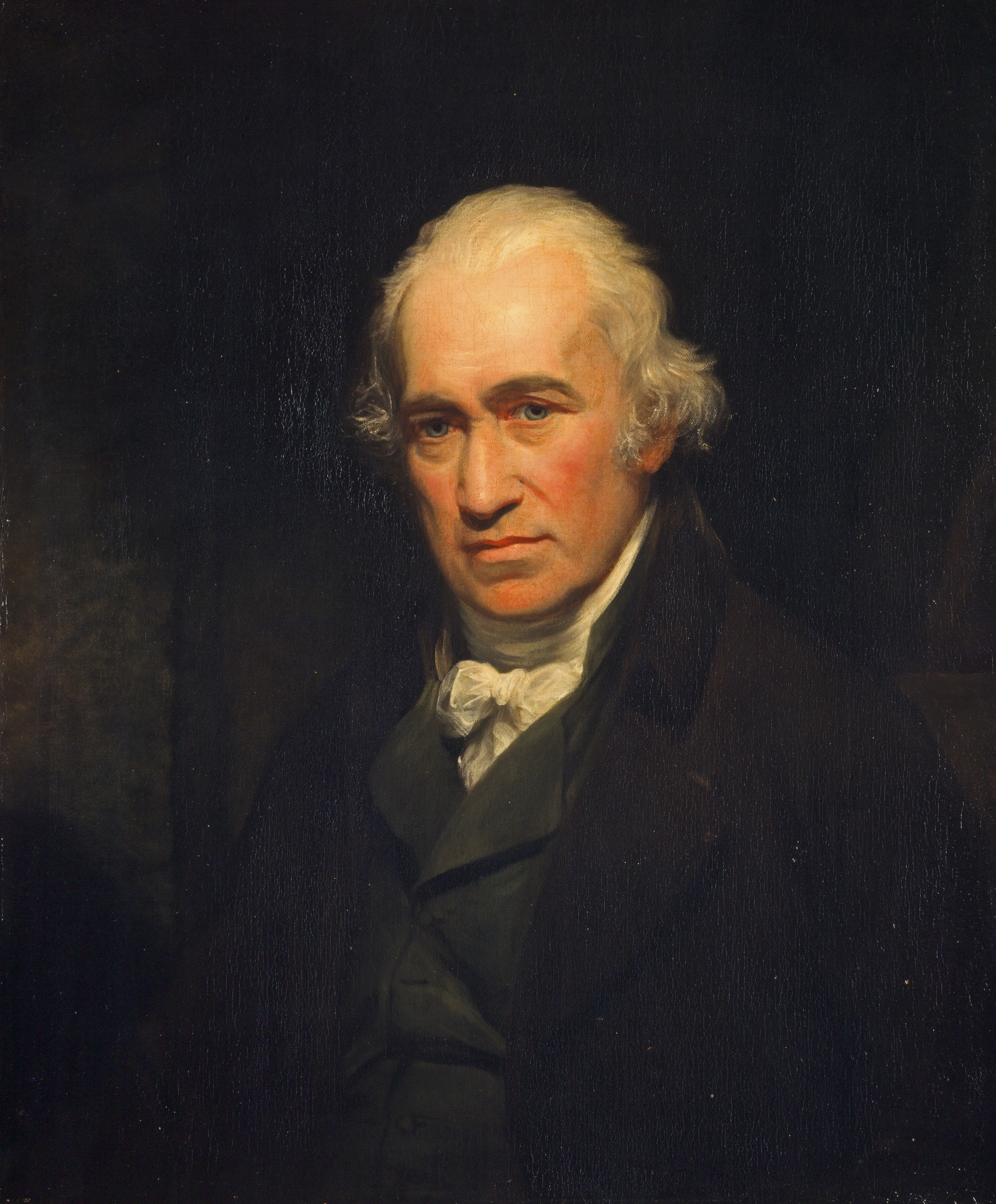|
Pantograph
A pantograph (, from their original use for copying writing) is a Linkage (mechanical), mechanical linkage connected in a manner based on parallelograms so that the movement of one pen, in tracing an image, produces identical movements in a second pen. If a line drawing is traced by the first point, an identical, enlarged, or miniaturized copy will be drawn by a pen fixed to the other. Using the same principle, different kinds of pantographs are used for other forms of duplication in areas such as sculpting, Mint (facility), minting, engraving, and Milling (machining), milling. History The ancient Greek engineer Hero of Alexandria described pantographs in his work ''Mechanics''. In 1603, Christoph Scheiner used a pantograph to copy and scale diagrams, and wrote about the invention over 27 years later, in ''"Pantographice seu Ars delineandi res quaslibet per parallelogrammum lineare seu cavum"'' (Rome 1631). One arm of the pantograph contained a small pointer, while the oth ... [...More Info...] [...Related Items...] OR: [Wikipedia] [Google] [Baidu] |
Pantograph01
A pantograph (, from their original use for copying writing) is a mechanical linkage connected in a manner based on parallelograms so that the movement of one pen, in tracing an image, produces identical movements in a second pen. If a line drawing is traced by the first point, an identical, enlarged, or miniaturized copy will be drawn by a pen fixed to the other. Using the same principle, different kinds of pantographs are used for other forms of duplication in areas such as sculpting, minting, engraving, and milling. History The ancient Greek engineer Hero of Alexandria described pantographs in his work ''Mechanics''. In 1603, Christoph Scheiner used a pantograph to copy and scale diagrams, and wrote about the invention over 27 years later, in ''"Pantographice seu Ars delineandi res quaslibet per parallelogrammum lineare seu cavum"'' (Rome 1631). One arm of the pantograph contained a small pointer, while the other held a drawing implement, and by moving the pointer over ... [...More Info...] [...Related Items...] OR: [Wikipedia] [Google] [Baidu] |
Christoph Scheiner
Christoph Scheiner (25 July 1573 (or 1575) – 18 June 1650) was a Jesuit priest, physicist and astronomer in Ingolstadt. Biography Augsburg/Dillingen: 1591–1605 Scheiner was born in Markt Wald near Mindelheim in Swabia, earlier margravate Burgau, possession of the House of Habsburg. He attended the Society of Jesus, Jesuit St. Salvator Grammar School in Augsburg from May 1591 until 24 October 1595. He graduated as a "rhetor" and entered the Jesuit Order in Landsberg am Lech on 26 October 1595. At the local seminary, he served his biennial novitiate (1595–1597) under the tutelage of Novice Master Father Rupert Reindl Society of Jesus, SJ. From 1597 to 1598, he finished his lower studies of rhetoric in Augsburg. He took his first vows before Father Melchior Stör, SJ and received the minor orders from the Augsburg suffragan bishop Sebastian Breuning (bishop), Sebastian Breuning. He spent the years 1598–1601 in Jesuit College of Ingolstadt, Ingolstadt studying philosophy (meta ... [...More Info...] [...Related Items...] OR: [Wikipedia] [Google] [Baidu] |
Hero Of Alexandria
Hero of Alexandria (; , , also known as Heron of Alexandria ; probably 1st or 2nd century AD) was a Greek mathematician and engineer who was active in Alexandria in Egypt during the Roman era. He has been described as the greatest experimentalist of antiquity and a representative of the Hellenistic scientific tradition. Hero published a well-recognized description of a steam-powered device called an '' aeolipile'', also known as "Hero's engine". Among his most famous inventions was a windwheel, constituting the earliest instance of wind harnessing on land. In his work ''Mechanics'', he described pantographs. Some of his ideas were derived from the works of Ctesibius. In mathematics, he wrote a commentary on Euclid's ''Elements'' and a work on applied geometry known as the ''Metrica''. He is mostly remembered for Heron's formula; a way to calculate the area of a triangle using only the lengths of its sides. Much of Hero's original writings and designs have been lost, bu ... [...More Info...] [...Related Items...] OR: [Wikipedia] [Google] [Baidu] |
William Wallace (mathematician)
William Wallace LLD (23 September 176828 April 1843) was a Scottish mathematician and astronomer who invented the eidograph (an improved pantograph). Life Wallace was born at Dysart in Fife, the son of Alexander Wallace, a leather manufacturer, and his wife, Janet Simson. He received his school education in Dysart and Kirkcaldy. In 1784 his family moved to Edinburgh, where he himself was set to learn the trade of a bookbinder. In 1790 he appears as "William Wallace, bookbinder" living and trading at Cowgatehead, at the east end of the Grassmarket. His taste for mathematics had already developed itself, and he made such use of his leisure hours that before the completion of his apprenticeship he had made considerable acquirements in geometry, algebra and astronomy. He was further assisted in his studies by John Robison (1739–1805) and John Playfair, to whom his abilities had become known. After various changes of situation, dictated mainly by a desire to gain time for s ... [...More Info...] [...Related Items...] OR: [Wikipedia] [Google] [Baidu] |
Technical Drawing
Technical drawing, drafting or drawing, is the act and discipline of composing drawings that visually communicate how something functions or is constructed. Technical drawing is essential for communicating ideas in industry and engineering. To make the drawings easier to understand, people use familiar symbols, perspectives, units of measurement, notation systems, visual styles, and page layout. Together, such conventions constitute a visual language and help to ensure that the drawing is unambiguous and relatively easy to understand. Many of the symbols and principles of technical drawing are codified in an international standard called ISO 128. The need for precise communication in the preparation of a functional document distinguishes technical drawing from the expressive drawing of the visual arts. Artistic drawings are subjectively interpreted; their meanings are multiply determined. Technical drawings are understood to have one intended meaning. A draftsman is ... [...More Info...] [...Related Items...] OR: [Wikipedia] [Google] [Baidu] |
Engraving
Engraving is the practice of incising a design on a hard, usually flat surface by cutting grooves into it with a Burin (engraving), burin. The result may be a decorated object in itself, as when silver, gold, steel, or Glass engraving, glass are engraved, or may provide an Intaglio (printmaking), intaglio printing plate, of copper or another metal, for printing images on paper as prints or illustrations; these images are also called "engravings". Engraving is one of the oldest and most important techniques in printmaking. Wood engravings, a form of relief printing and stone engravings, such as petroglyphs, are not covered in this article. Engraving was a historically important method of producing images on paper in artistic printmaking, in mapmaking, and also for commercial reproductions and illustrations for books and magazines. It has long been replaced by various photographic processes in its commercial applications and, partly because of the difficulty of learning the techni ... [...More Info...] [...Related Items...] OR: [Wikipedia] [Google] [Baidu] |
Benjamin Cheverton
Benjamin Cheverton (1796 – 1876) was an English sculptor and inventor. With the assistance of John Isaac Hawkins, he designed and operated a novel pantograph machine to create detailed miniature reproductions of sculptures, primarily busts of historical and mythological figures by contemporary sculptors like Francis Leggatt Chantrey, Louis-François Roubiliac, and Joseph Durham. His reproducing machine, which was exhibited at the Great Exhibition of 1851, is now in the collection of the Science Museum, London. A large collection of his work is found in the Thomson Collection at the Art Gallery of Ontario The Art Gallery of Ontario (AGO; ) is an art museum in Toronto, Ontario, Canada. Located on Dundas Street, Dundas Street West in the Grange Park (neighbourhood), Grange Park neighbourhood of downtown Toronto, the museum complex takes up of phys .... References {{DEFAULTSORT:Cheverton, Benjamin 1796 births 1876 deaths English inventors English sculptors ... [...More Info...] [...Related Items...] OR: [Wikipedia] [Google] [Baidu] |
Phonograph
A phonograph, later called a gramophone, and since the 1940s a record player, or more recently a turntable, is a device for the mechanical and analogue reproduction of sound. The sound vibration Waveform, waveforms are recorded as corresponding physical deviations of a helical or spiral groove engraved, etched, incised, or impressed into the surface of a rotating cylinder or disc, called a ''Phonograph record, record''. To recreate the sound, the surface is similarly rotated while a playback #Stylus, stylus traces the groove and is therefore vibrated by it, faintly reproducing the recorded sound. In early acoustic phonographs, the stylus vibrated a Diaphragm (acoustics), diaphragm that produced sound waves coupled to the open air through a flaring Horn loudspeaker, horn, or directly to the listener's ears through stethoscope-type earphones. The phonograph was invented in 1877 by Thomas Edison; its use would rise the following year. Alexander Graham Bell's Volta Laboratory an ... [...More Info...] [...Related Items...] OR: [Wikipedia] [Google] [Baidu] |
James Watt
James Watt (; 30 January 1736 (19 January 1736 OS) – 25 August 1819) was a Scottish inventor, mechanical engineer, and chemist who improved on Thomas Newcomen's 1712 Newcomen steam engine with his Watt steam engine in 1776, which was fundamental to the changes brought by the Industrial Revolution in both his native Great Britain and the rest of the world. While working as an instrument maker at the University of Glasgow, Watt became interested in the technology of steam engines. At the time engineers such as John Smeaton were aware of the inefficiencies of Newcomen's engine and aimed to improve it. Watt's insight was to realise that contemporary engine designs wasted a great deal of energy by repeatedly cooling and reheating the cylinder. Watt introduced a design enhancement, the separate condenser, which avoided this waste of energy and radically improved the power, efficiency, and cost-effectiveness of steam engines. Eventually, he adapted his engine to produce rot ... [...More Info...] [...Related Items...] OR: [Wikipedia] [Google] [Baidu] |







